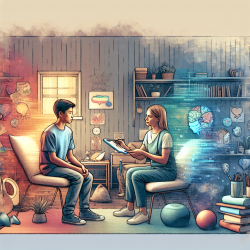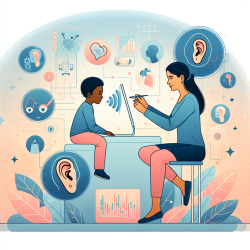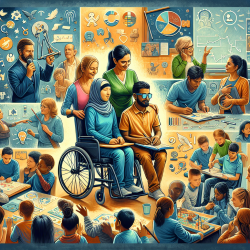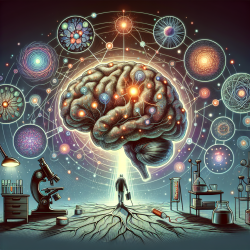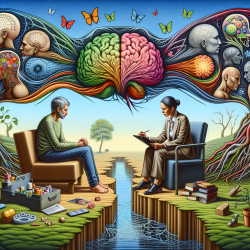Chronic pain (CP) in adolescents is a complex and multifaceted issue that requires a nuanced understanding to provide effective therapeutic interventions. The research article "The experience of chronic pain among adolescents: suffering and attempt to overcome pain?" by Shaygan and Jaberi (2022) provides critical insights into the lived experiences of adolescents with CP. This blog aims to distill key findings from the study and offer practical recommendations for practitioners to enhance their therapeutic approaches.
Understanding Adolescents' Experiences of Chronic Pain
The study categorized adolescents' experiences of CP into three main areas:
- Perceived suffering
- Attempts to overcome pain
- Hopes for support
Perceived Suffering
Adolescents with CP experience both physical and mental suffering. This includes internal reactions such as negative thought patterns, grief, and fear of social rejection. External reactions include behaviors like aggression and crying, often exacerbated by a lack of perceived empathy.
Attempts to Overcome Pain
Adolescents employ various physical and psychological strategies to manage their pain. Physical strategies include the use of analgesics, heat therapy, and traditional herbal remedies. Psychological strategies encompass avoidance or distraction, resilience, and optimism. These strategies are often influenced by gender, family education, and the subjective burden of pain.
Hopes for Support
Adolescents with CP seek support from family, peers, and school staff. Family members, particularly parents, play a crucial role in providing emotional and practical support. Peer support is also vital, as it helps adolescents feel understood and less isolated. School staff can contribute by offering accommodations and understanding the unique challenges faced by adolescents with CP.
Implications for Practitioners
Based on the findings, practitioners can enhance their therapeutic approaches by considering the following recommendations:
- Holistic Assessment: Evaluate both physical and psychological aspects of CP in adolescents to develop comprehensive treatment plans.
- Family Involvement: Engage family members in the therapeutic process to provide a support system for the adolescent.
- Peer Support Programs: Implement peer support initiatives in schools to foster a supportive environment for adolescents with CP.
- Educational Interventions: Educate school staff about CP and its impact on adolescents to ensure appropriate accommodations and support.
- Use of Technology: Consider web- and mobile-based educational tools to teach pain management techniques like relaxation and mindfulness.
By integrating these strategies, practitioners can significantly improve the quality of life for adolescents suffering from chronic pain.
To read the original research paper, please follow this link: The experience of chronic pain among adolescents: suffering and attempt to overcome pain?
